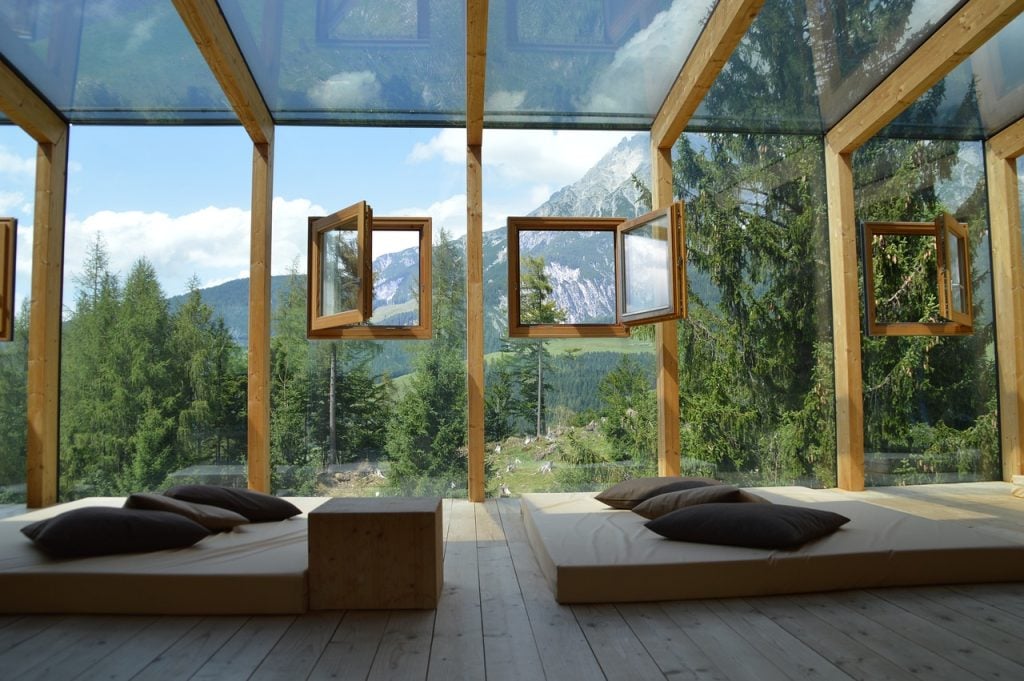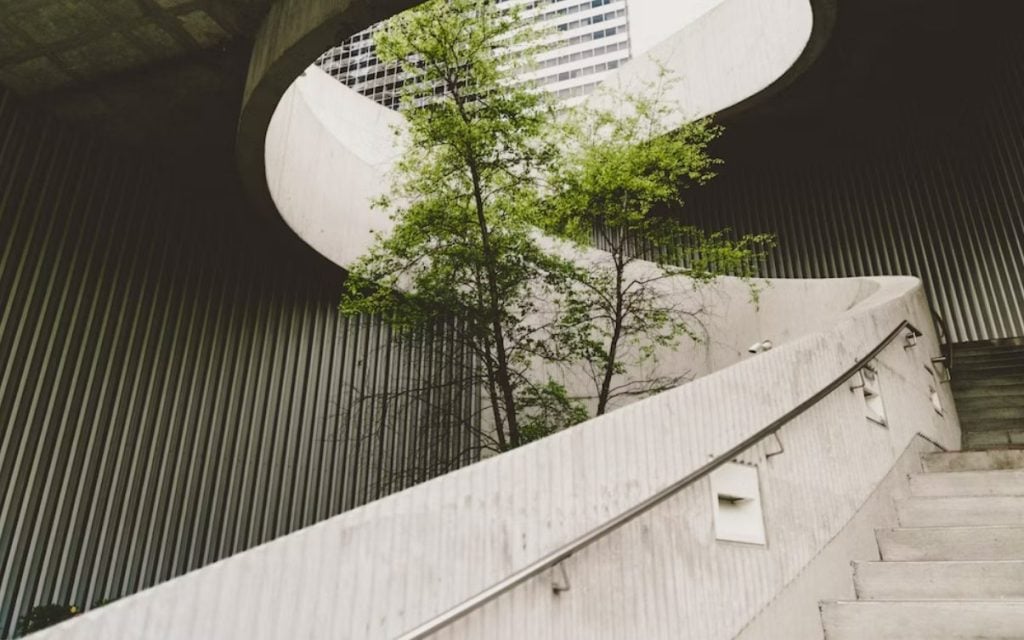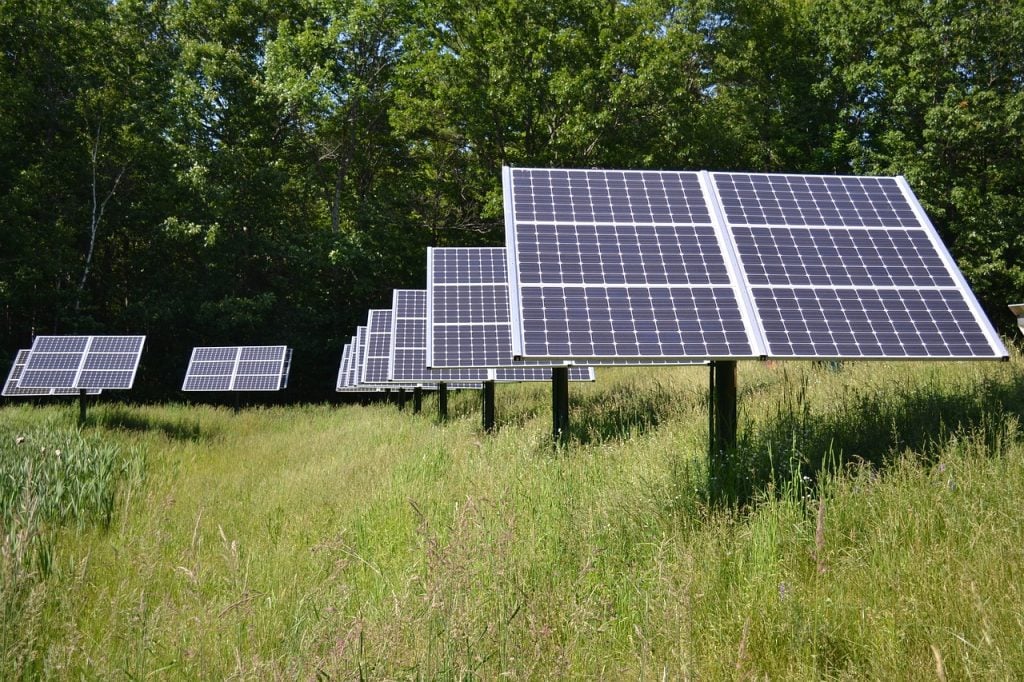BLOGS
How Can A Sustainable Glass House Be Energy Efficient
Adopting energy-efficient techniques at home is more vital than ever in this day and age of rising environmental concerns and energy expenses.
We can make a positive impact on the environment and save money in the process if we all make an effort to use less energy.
Home energy efficiency is a shared duty for a better tomorrow.
Using energy-efficient lighting, appliances, insulation, smart thermostats, water conservation measures, and even renewable energy sources can have a major impact on reducing energy consumption and lowering our carbon footprint.
In addition to helping the planet, being green can help you save money, make you more comfortable, and enhance your quality of life.
Let us make these adjustments, mindful that our combined efforts can transform the world into a better, more sustainable place for future generations.
One of the best way to become energy efficient is to own a sustainable glass house.
Glass houses, which are notable for their see-through construction and attractive aesthetics, have seen a recent surge in popularity in the field of contemporary architecture.
However, the enormous glass surfaces that they have present unusual obstacles in terms of energy efficiency and the influence they have on the environment.
It is crucial to combine new design techniques and technologies that decrease energy consumption and promote environmental friendliness in order to construct sustainable glass houses.
This is one of the most important steps in the process.

We will investigate several aspects of environmentally responsible architecture in glass houses, focusing on essential principles such as passive solar design, efficient insulation, integration of renewable energy sources, and the utilization of eco-friendly materials.
Through the implementation of these strategies, glass houses are able to lessen their impact on the environment, cut down on the amount of energy they use, and foster a more harmonic connection between the built environment and the natural world.
Passive Solar Design
The use of passive solar design principles into the construction of energy-efficient glass houses is an essential step.
These methods make use of the sun’s energy to heat and cool the interior rooms, thereby decreasing the need for mechanical support.
The following are some important things to keep in mind:
1. Orientation and Layout
Glass houses should be positioned to maximise solar exposure, with the long axis pointing south in the northern hemisphere.
This will allow the most amount of sunlight to enter the structure.
It also allows for the greatest amount of solar gain during the winter months while allowing for the least amount of direct sunlight during the summer months.
2. Positioning of Windows and Shading
It is possible to regulate the amount of heat gained or lost from the sun by strategically positioning and shading windows.
The windows that face south ought to be enlarged so as to make the most of the sunlight that is available during the winter, whilst the windows that face east and west ought to have their sizes lowered or be shaded so as to prevent the building from being too hot.
3. Thermal Mass
The incorporation of materials inside the glass house that have a large thermal mass, such as concrete or stone, can collect and store heat energy during the day and then release it at night, so stabilizing the temperatures inside the building.
4. Sealing and Weatherstripping
Methods that are utilized correctly for weatherstripping and sealing help to avoid air leakage, which is a factor that can contribute to energy loss. It is necessary to have seals of a high grade around windows, doors, and any other openings.
Efficient Insulation
Insulation that works as intended is essential for decreasing the amount of heat that is transferred through the glass surfaces, cutting down on energy usage, and keeping the inside at a pleasant temperature. Considerations such as the following are necessary for effective insulation:
1. Insulating Glazing
Double or triple glazing with low-emissivity coatings and insulating gas fills can greatly boost the insulating qualities of glass, hence minimizing heat loss or gain. Insulating capabilities of glass can be significantly enhanced by the use of insulating glazing.

2. Insulated Frames
The use of insulated frames around windows and doors, which include thermal breaks and insulating materials such as PVC or wood with low thermal conductivity, helps to limit the amount of heat that is transferred.
Integration of Renewable Energy Sources
Adding glass homes with integrated renewable energy sources would further boost the sustainability of these structures.
These alternative energy sources can be used in addition to or even in place of conventional energy sources, which will result in a smaller negative impact on the environment and lower costs over the long term.
Among the most important alternatives for integrating renewable energy are:
1. Solar photovoltaics (PV)
The glass house is able to generate clean electricity from the abundant sunlight by mounting solar panels on the roof or in other suitable locations.
Batteries are a great place to store excess energy, or it can be sent back into the grid.
2. Solar Water Heating
Solar energy can be used to power water heating systems by utilizing solar thermal collectors. This lessens a system’s dependency on traditional forms of energy and saves money.
3. Wind Turbines
In locations that have enough wind conditions, it may be possible to incorporate into the design of the glass home a small-scale wind turbine that can generate electricity.
Materials that are Good for the Environment
It is vital, in order to reduce the environmental impact of glass houses, to choose materials that are sustainable and environmentally friendly.
Taking into account the following factors while selecting eco-friendly materials:
Low-Emissivity (Low-E) Glass
Choosing low-emissivity (low-e) glass can assist lower the amount of heat transferred, which in turn improves energy efficiency.
In addition, lowering the demand for raw materials is accomplished by utilizing recycled glass or glass that contains a high percentage of recycled content.
Sustainable Framing Materials
Selecting frames made of wood that comes from managed forests or aluminum that has been recycled will help reduce the negative impact on the environment that is caused by the construction of glass houses.

Insulation Materials
Using insulation materials that are less harmful to the environment, such as cellulose or sheep’s wool, can help minimize the amount of embodied energy and environmental impact that a structure has.
A holistic strategy, which takes into consideration passive solar design, efficient insulation, integration of renewable energy sources, and the use of ecologically acceptable materials, is required for the construction of glass houses that are energy efficient and friendly to the environment.
A glass house can achieve sustainable performance by implementing these concepts, which will result in a reduction in both their carbon footprint and their energy use.
A closer connection between the inhabitants of glass houses and their natural surroundings can also be fostered by the glass houses’ seamless incorporation into their respective natural settings.
However, it is essential to be aware that sustainable design is a continuing process.
To further increase the environmental friendliness of glass houses, it is required for architects, engineers, and manufacturers to engage in continual research, innovation, and collaboration.
We are able to develop glass houses that reflect our commitment to a greener future by adopting these concepts and working towards sustainable solutions.
These residences will highlight the beauty of design while also honoring our commitment.
Build a Susatainable Glass House in Vista Alabang
Within the sprawling and picture-perfect Vista Alabang neighborhood, which is well-known for its Italian-style allure and dedication to the art of luxury living, there is a growing interest in environmentally friendly housing options that compliment the enduring beauty of the building.
Imagine a sustainable glass house that blends in perfectly with the picturesque streetscape of Vista Alabang.
Inside, families would be able to enjoy the splendor of an Italian way of life while also embracing environmentally friendly methods.
Not only do these contemporary houses provide residents a one-of-a-kind way to live, but they also make significant contributions to the general health and wellbeing of the surrounding community thanks to the energy efficiency and see-through facades that they boast.
Vista Alabang can expand its vision to offer residents the opportunity to live in harmony with nature by embracing sustainable design principles.
This will foster a sense of love for the environment and a commitment to a greener future.
With a house by Vista Alabang that is a sustainable house and made of glass, you are able to create a house that is not only beneficial to the environment, but as well as aesthetically pleasing.
Suggested Read: Smart Home And Glass House: What It Brings To The Table
Suggested Read: Sustainable Design That Won’t Ruin Your Home’s Charm
Suggested Read: Insulation Guide For Energy-Efficient Luxury Homes
Suggested Read: Guide To Having Solar-Powered Homes
Suggested Read: Sustainability In Glass House















